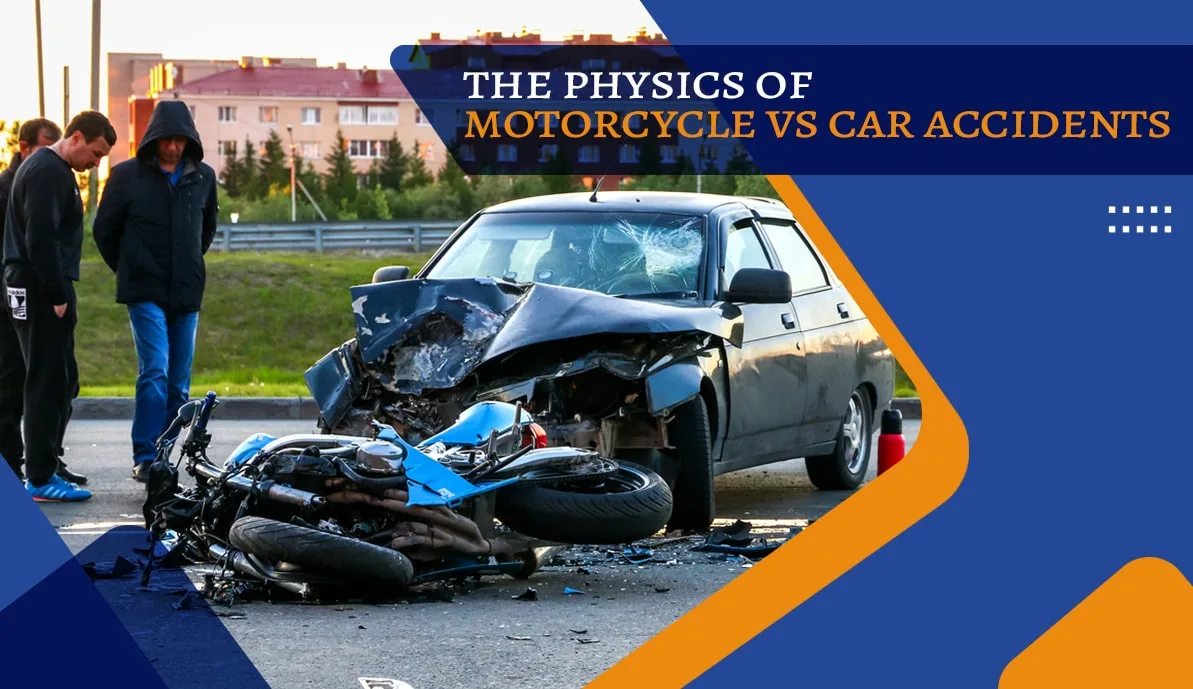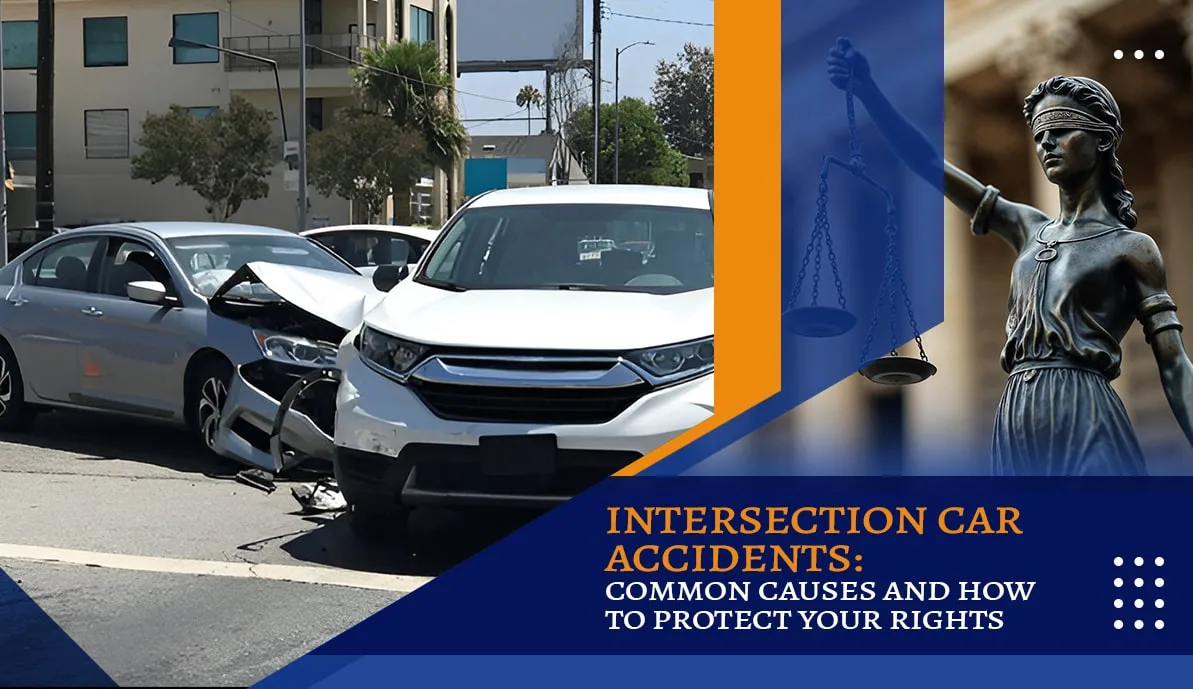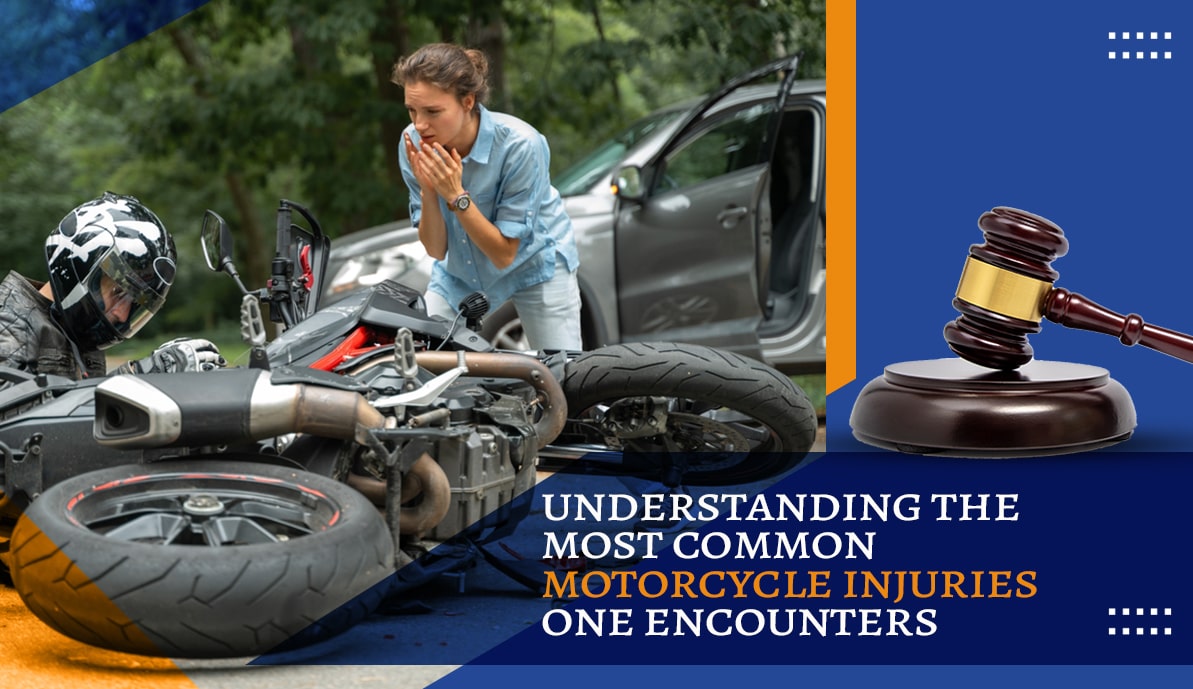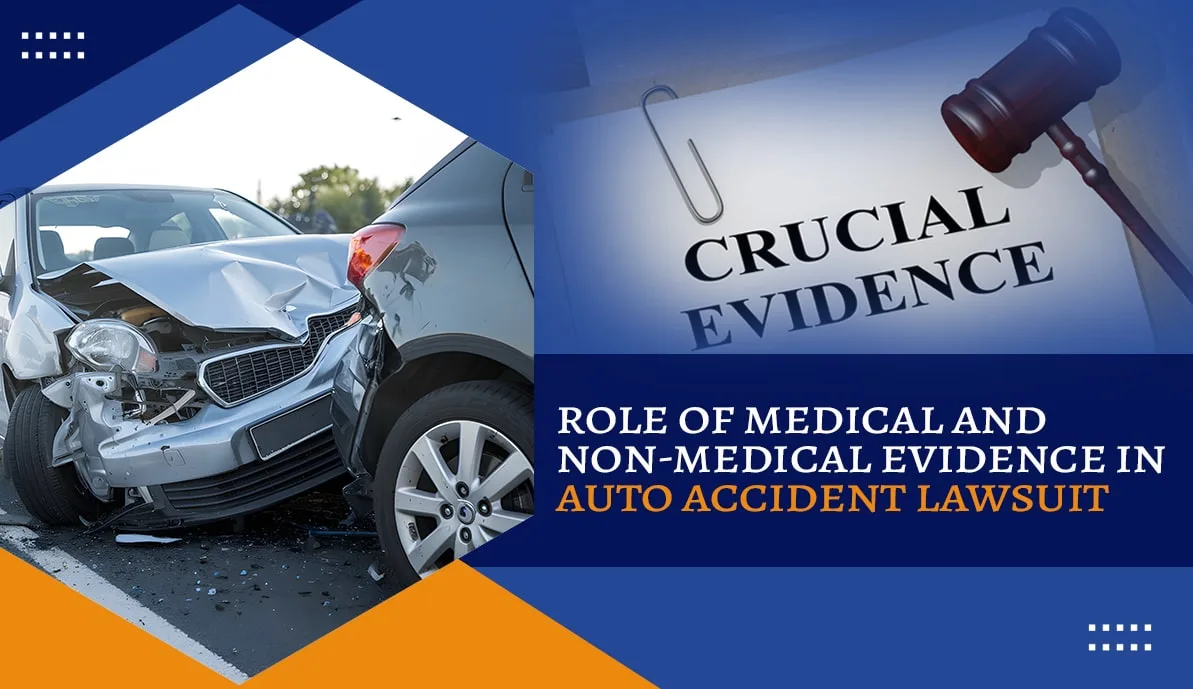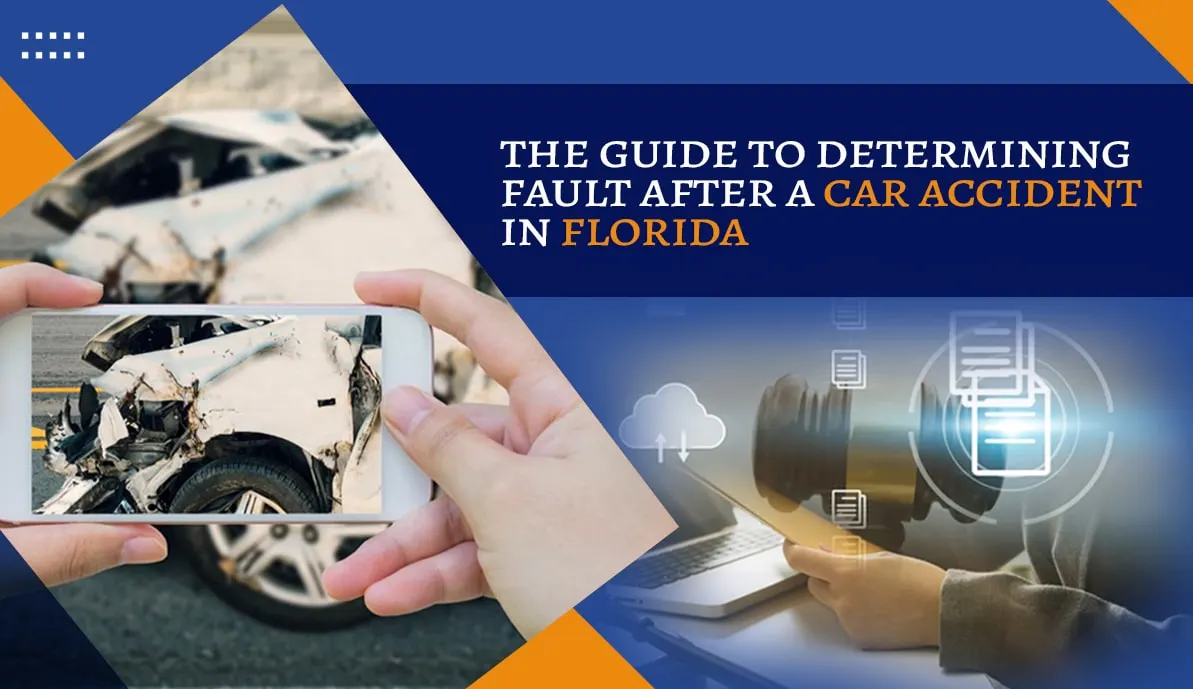Motorcycle vs car accidents differ in impact, severity, and dynamics. These differences stem from fundamental physics principles of mass, momentum, and surface area. When a collision happens, these factors determine how the energy is transferred, who absorbs the most force, and who walks away with fewer injuries. Understanding this helps reveal why riders are more vulnerable and why protective gear alone is not enough.
The Physics Behind the Impact
Mass and Momentum
Cars are heavier than motorcycles by a wide margin. The average car weighs around 3,000 to 4,000 pounds, while a motorcycle typically weighs about 400 to 600 pounds. When two objects collide, the one with less absorbs more force. This is due to the principle of conservation of momentum. In motorcycle vs car accidents, the biker’s lighter frame and lack of enclosure make them susceptible to greater acceleration and more serious injuries.
A car moving at 30 mph and a motorcycle at the same speed do not pose the same risk in a crash. The car’s large mass allows it to plow through an object with more force, while the motorcycle rider is often ejected due to the abrupt change in velocity. The physics doesn’t lie. Less mass means less resistance to change.
Surface Area and Force Distribution
Surface area plays another crucial role. Cars have larger bumpers, crumple zones, airbags, and a steel cage. These features distribute crash energy across the vehicle, reducing the impact felt by the occupants. Motorcycles lack these protections. When a rider is hit, the body absorbs most of the impact directly.
In motorcycle accident vs car accident scenarios, this energy absorption difference changes everything. A minor car fender bender can be fatal for a motorcyclist. That’s not just because of speed or recklessness. It’s physics doing what it does best.
Collision Scenarios and Outcomes
Angle of Impact
The angle at which two vehicles collide has a profound effect on injury outcomes. Side impacts or T-bone collisions are particularly dangerous for motorcycles. Unlike cars, bikes have no reinforced doors or side airbags. A side hit from a car can throw a motorcyclist into another vehicle or object
Rear-end collisions are also more dangerous for motorcyclists. Cars often absorb rear impacts through bumpers and seatbelt systems. For motorcyclists, there’s no such buffer. The rider is usually thrown forward, which leads to head or spinal injuries, even with a helmet.
Road Conditions and Traction
Traction differences also influence outcomes. Motorcycles depend on two wheels, which makes balance and grip more fragile. Wet or uneven roads make braking and turning more difficult. Cars can handle slippery roads better due to four focal points of contact and better stability control systems.
In motorcycle vs car accidents, road hazards that are minor for cars—like potholes, gravel, or oil slicks—can cause motorcyclists to lose control. The same situation barely shakes a car, but it can be catastrophic for a rider.
Braking Distance and Reaction Time
Motorcycles can stop faster than cars due to their lighter weight. However, this theoretical advantage is often negated by road conditions and human reaction time. Panic braking on a motorcycle can lead to a skid or flip. Cars, on the other hand, benefit from ABS and wider tires, which improve their emergency braking performance.
In car accident vs motorcycle accident studies, researchers have found that while motorcycles can technically avoid crashes more easily, the margin for error is much smaller. A single misjudgment can mean the difference between a close call and a fatal crash.
Statistical Insights and Human Factors
Rider Exposure and Behavior
Motorcyclists are more exposed to the elements and often drive in tight traffic spaces. This increases their risk of collisions, especially at intersections. In dense traffic or highway merging situations, motorcycles may be harder to see. Lack of visibility is a key reason why do motorcycles have more accidents than cars, and it is a frequently discussed topic in traffic safety studies.
While some argue that motorcyclists take more risks, data shows that many crashes happen because drivers simply don’t notice them. Lane splitting, while legal in some states, also introduces complex dynamics that require more awareness from both riders and drivers.
Disproportionate Injury Rates
In crashes involving both types of vehicles, motorcyclists are far more likely to suffer serious or fatal injuries. Helmets, jackets, and pads help but do not match the full-body protection a car provides. The National Highway Traffic Safety Administration (NHTSA) reports that motorcyclists are 29 times more likely to die in a crash compared to car occupants.
An often-cited fact is that a high percentage of motorcycle accidents caused by cars involves cars making left turns in front of oncoming bikes. This is not always due to negligence, but rather a failure to correctly judge the motorcycle’s speed and distance—another perceptual error with devastating consequences.
Common Crash Causes
- Left-turn collisions
- Rear-end hits
- Lane changes without checking blind spots
- Sudden stops
- Opening car doors in traffic
Many of these causes highlight the imbalance in visibility and awareness on the road. This also brings attention back to the question—do motorcycles have more accidents than cars? Statistically, they do have higher crash involvement rates per mile traveled.
The Role of Driver Responsibility
Education, awareness, and responsibility from car drivers play a crucial role in reducing accident numbers. Motorcyclists are not always at fault. In fact, a large percentage of motorcycle accidents caused by cars shows the need for better understanding between all road users.
Campaigns like “Look Twice, Save a Life” aim to reduce these incidents. Technology can also help. Cars equipped with advanced driver-assistance systems (ADAS) are more capable of detecting smaller objects like motorcycles, which reduces crash rates in shared traffic zones.
Conclusion
The physics of motorcycle and car crashes explains why two seemingly similar events have drastically different outcomes. Mass, momentum, surface area, and visibility all favor car drivers in a collision. While training and gear help motorcyclists reduce risks, they do not change the laws of physics. A better-informed road culture—combined with driver alertness and respect—can save lives. Understanding the dynamics of collisions is not just about numbers; it’s about creating safer roads for everyone.

